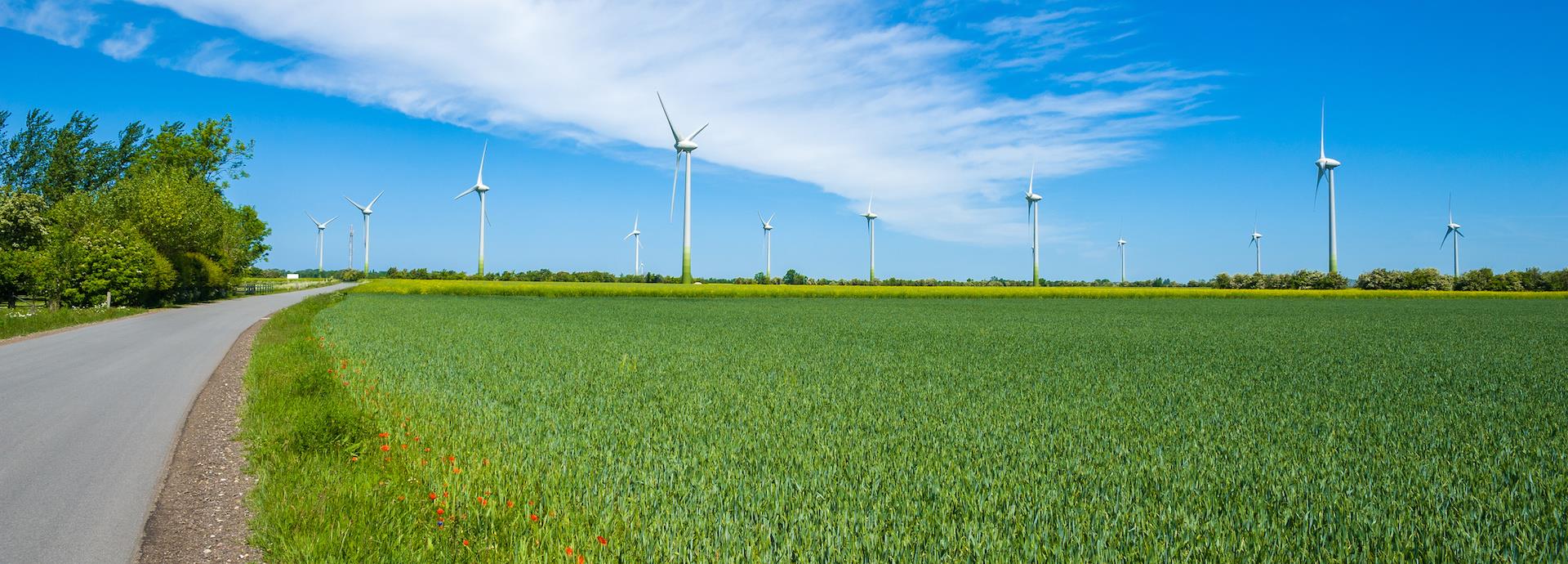

Trends in the energy market in the wake of the Covid-19 pandemic are indicating that running almost fully on renewables is indeed possible. What opportunities does this new reality present for green growth once the pandemic subsides?
There is no country or sector of the global economy that hasn’t been affected by the Covid-19 pandemic. As leaders around the world grapple with the fallout from this unprecedented event, some experts are offering a silver lining to the situation:
The economic recovery from the pandemic could accelerate the transition to greener electricity. According to the Global Renewables Outlook 2020 report from IRENA, renewable energy could spur global GDP gains of almost USD 100 tn between now and 2050.
In Europe, electricity demand is down, and, at the same time, the sun is shining, and the wind is blowing regardless of the virus, says Matti Rautkivi, Director of Strategy and Business Development at Wärtsilä Energy Business.
“We’re seeing a higher share of renewables in our power systems than ever before and I think it’s inspiring to see that the power systems still work – and they work well. We have less coal in our power systems, emissions are down, and we have lower prices. This is providing the evidence that this is what will happen when things go back to normal, when demand goes back up and we’ll have a higher share of renewables. It’s no longer speculation: On 20 April, Germany was running 75-80% on renewables, the UK has been without coal since the end of April – the first time since 1888 – and lowered the output of its nuclear power plant for the weekend in late April because the weather forecast is showing sun and wind. We don’t have to guess anymore whether renewables are enough or not,” Rautkivi explains.
Due to the pandemic, coal, nuclear and baseload gas are making less money. At the same time, energy storage is making about 20% more compared to previous years. This is giving players in the energy market a clear indication of how to change their strategy when more and more renewables start coming into the system. For Rautkivi, at the end of the day, it’s about money: “when the money talks, the business will follow and when business follows, things start to change.”
To help make this happen, the necessary data should be readily available to identify the opportunities, even during a crisis. Wärtsilä’s Energy Transition Lab offers a snapshot of the current situation with energy generation. What started off as a tool for internal use to understand what is happening in the energy market as a result of this pandemic became a public information portal that is “relevant to everybody…to help people make good decisions,” Rautkivi says.
Embracing circularity
The Covid-19 crisis is also an opportunity to green the energy sector by aligning with the goal of transitioning to a more circular economy and supporting the development of alternative energy sources such as biogas and biomethane from separately collected biowaste, according to Janek Vähk, Climate, Energy and Air Pollution Coordinator at Zero Waste Europe. Biogas is fully and truly renewable, and could be used for electricity and heat production, to transport fuel or to provide flexible power production, including in times of low wind and solar intensity. Additionally, the subsequent use of compost/digestate as soil improvers may contribute to the build-up of carbon stocks in EU soils, thereby providing a further climate mitigation tool.
“Across the EU, it’s estimated that about 96 million tonnes of biowaste from municipal waste arise annually. According to data from the European Compost Network, only about a third of this was separately collected and composted and/or digested. This means that there is a large potential for biogas production available from biowaste (as well as other feedstock, not only the municipal biowaste),” Vähk explains.
Catalyst for policy changes
The pandemic also presents an opportunity for the EU to understand what to do in terms of post-Covid-19 policy in the energy sector.
“After this pandemic is over, I would recommend using market-based mechanisms to attract investment. For example, increase CO2 prices to push the old coal generation out of the market or allocate more funds for new, innovative green investments” Rautkivi says.
Jennifer Layke, Global Director for Energy at the World Resource Institute, is cautiously optimistic about whether economic stimulus packages will steer energy policy in the right direction.
“Propping up old industry at a time when we have new technology is going to be a tension that governments feel,” Layke says. “Many governments are very familiar with how you permit a coal plant or a natural gas facility but may not be as clear about how you do rooftop solar. Have we made enough progress building that familiarity with a new set of technologies? In Europe, for example, the Green Deal does look like it's pulling in these technologies and there's enough familiarity and enough of a sense of comfort.”
There is no back to business as usual. This is the time for change”, says Rautkivi and hopes that Covid-19 will promote strong international agencies to use this an opportunity to solve the pressing issue of climate change together.
“If there are hundreds and thousands of billions of dollars in the US and EU to save business and then someone claims there’s no money to stop climate change – that’s a lie and everyone will now know it. Crisis has caused disruption and shown the ability of renewables as baseload. Now is the time to put plans into action for a cleaner 100% renewable future,” Rautkivi adds.

